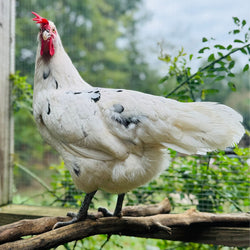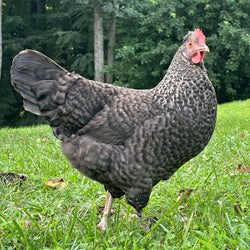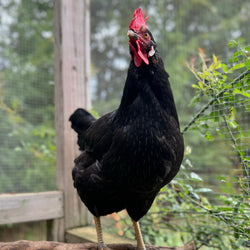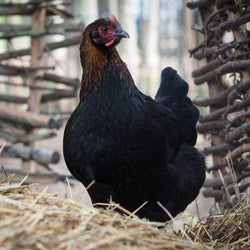page=2/--
Frequently Asked Questions
Here we answer the most commonly-asked questions about ordering, chicken care, and more.
All about Splay Leg, a.k.a. Spraddle Leg
Spraddle leg, also called "splay leg," can be caused or exacerbated by brooding on a slick surface such as newspaper. (We recommend these types of bedding, instead.) It's as if the chick is trying to stand upright wearing roller skates: her feet keep sliding out from beneath her. Alternately, some cases are caused by the bird being poorly positioned in the egg, or by various vitamin deficiencies. Signs of Splay Leg In serious cases, the chick is (or gosling or duckling) is unable to stand up; legs point to either side of the body rather than beneath the body to...
Read MoreWhat is a pasty vent, and how do I treat it?
A pasty vent, or "pasting up," "pasty butt," or "vent gleet," is a stress-induced condition in which droppings dry and cake up around the vent of young baby chicks. It is most dangerous when it completely blocks their vent opening, because the chick will be unable pass any more droppings. A baby chick will typically die within 2 days of onset of a blocked vent, so it's important that you remedy this problem quickly. Diagnosis A pasty vent is easy to diagnose. The dried poo will be stuck to the outside of their rear, totally or partially covering their vent:...
Read MoreAll about Pullorum disease
Watch out for Pullorum Disease! Not only can it infect your flock, it can also make humans sick, too. If your flock becomes infected, you will likely need to euthanize them all to keep this highly communicable disease from spreading. Read on to find out more: Pullorum Disease Also called PD, Bacillary White Diarrhea, BWD, White Diarrhea Prevalence Rare Signs General signs - In chicks: lack of appetite, lethargy, huddling near heat source and fluffed up down. Pain and shrill peeping during defecation. In hens, excessive thirst, shrivelled comb, drop in laying. Cardinal or diagnostic signs - White or green...
Read MoreAll about Omphalitis disease
Imagine a belly-button infection--that's basically Omphalitis. Developing or newly-hatched baby chicks are susceptible to infection of their navels if incubator or brooder conditions are not ideal, or the infection is spread by a well-meaning human. Read on to find out more about this disease and how to prevent it: Omphalitis Also called Navel infection, mushy chick, yolk sac infection Prevalence Common Signs General signs - Lack of appetite, lethargy, huddling near heat source and fluffed up down. Chicks may also die in shell late during incubation. Loose stools may also be a symptom. Cardinal or diagnostic signs - Unhealed, swollen...
Read MoreAll about Heart Attack in chickens
Heart attack in chickens is quick and deadly, and occurs most often in birds in commercial meat breed operations. Fortunately, heart attack is not often found in backyard flocks because pet birds stay generally healthy through regular exercise (foraging), and are fed a quality diet. But if you find one of your birds upside-down or on their side, deceased, with no prior symptoms, the likely cause of death was heart attack. Read on to find out more: Heart attack Also called Sudden Death Syndrome, SDS, acute death syndrome, flip-over disease, acute heart failure Prevalence Uncommon in layers, relatively common in...
Read MoreEgg Yolk Peritonitis Overview
Egg Yolk Peritonitis Also called Yolk peritonitis, yolk stroke, abdominal sepsis, abdominal septicemia Prevalence- Common, more common in broiler breeders Signs General signs - The same signs associated with pain: lack of appetite, lethargy, huddling with fluffed up feathers. Occasional partial paralysis. Sudden death. Nesting behavior with no eggs produced. Cardinal or diagnostic signs - Distended abdomen, frequent multiple yolked eggs. (The occasional double yolker should seldom cause worry, especially in young hens.) Cessation in laying. Yellow-orange (yolk colored) droppings. Cause/s - This condition occurs when the hen matures too many egg folicles (yolks) at once, and is sometimes the...
Read MoreHow do I help a chicken with vent prolapse?
Also called "blowout", vent prolapse is a condition in which the vent becomes inverted and a portion of it protrudes outside the bird's body. Thankfully, in most cases, it is treatable if detected early and the bird can recover completely. Vent prolapse is common in some breeds and crosses, especially those prone to fatness (such as meat breeds). Vent prolapse itself is not contagious, but the underlying issues causing the prolapse (obesity, photostimulation, etc.) can be. In addition, birds prone to cannibalization of a flock member's prolapsed vent may develop other types of cannibalization, like feather picking. Vent prolapse is...
Read MoreAll about Egg Binding
Egg binding is exactly what it sounds like: a poor hen has a egg "bound" inside of her and won't come out. That must make her feel miserable! So she'll sit down and fluff out her feathers, hesitant to move (who can blame her?). Egg binding is very common and though potentially fatal, thankfully, in many cases, it can be treated. Read on to find out more: Egg binding Also called Eggbound hen, stuck egg, bound egg, obstructed vent Prevalence Common in some breeds and crosses, especially those prone to fatness (such as meat breeds) Signs General signs - Lack...
Read More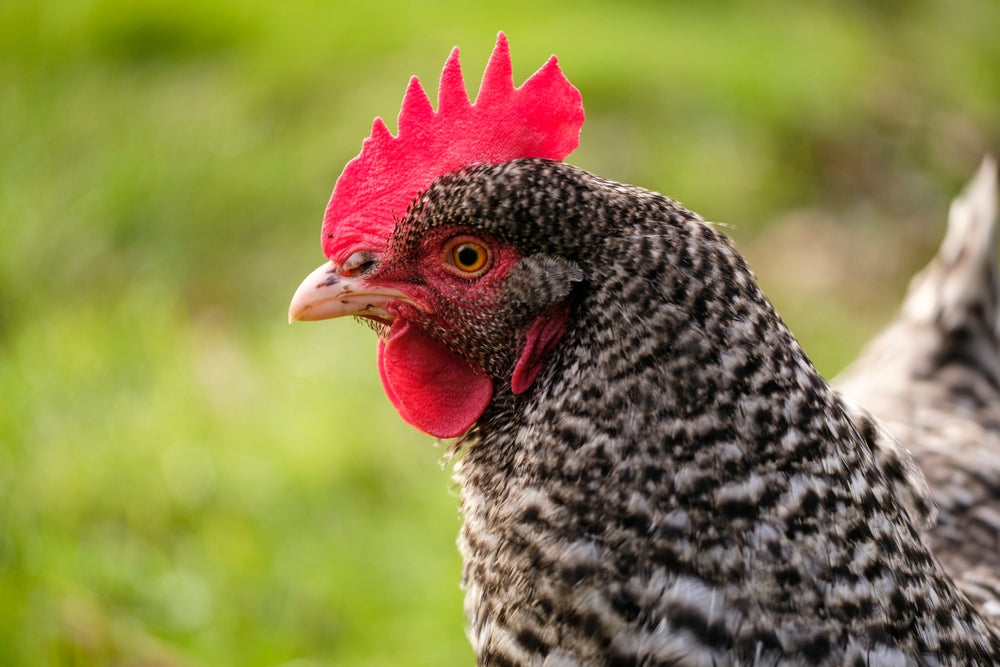
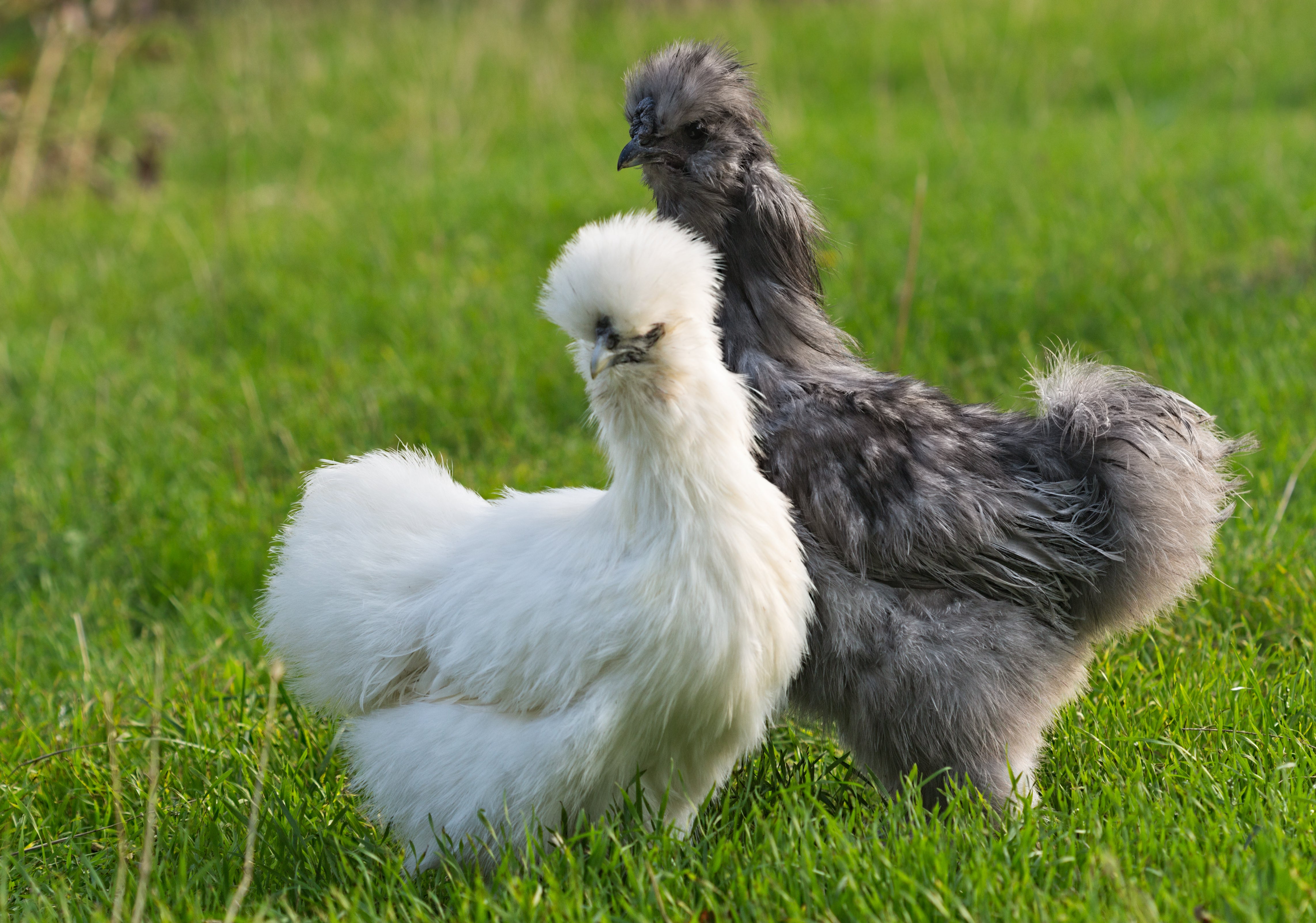
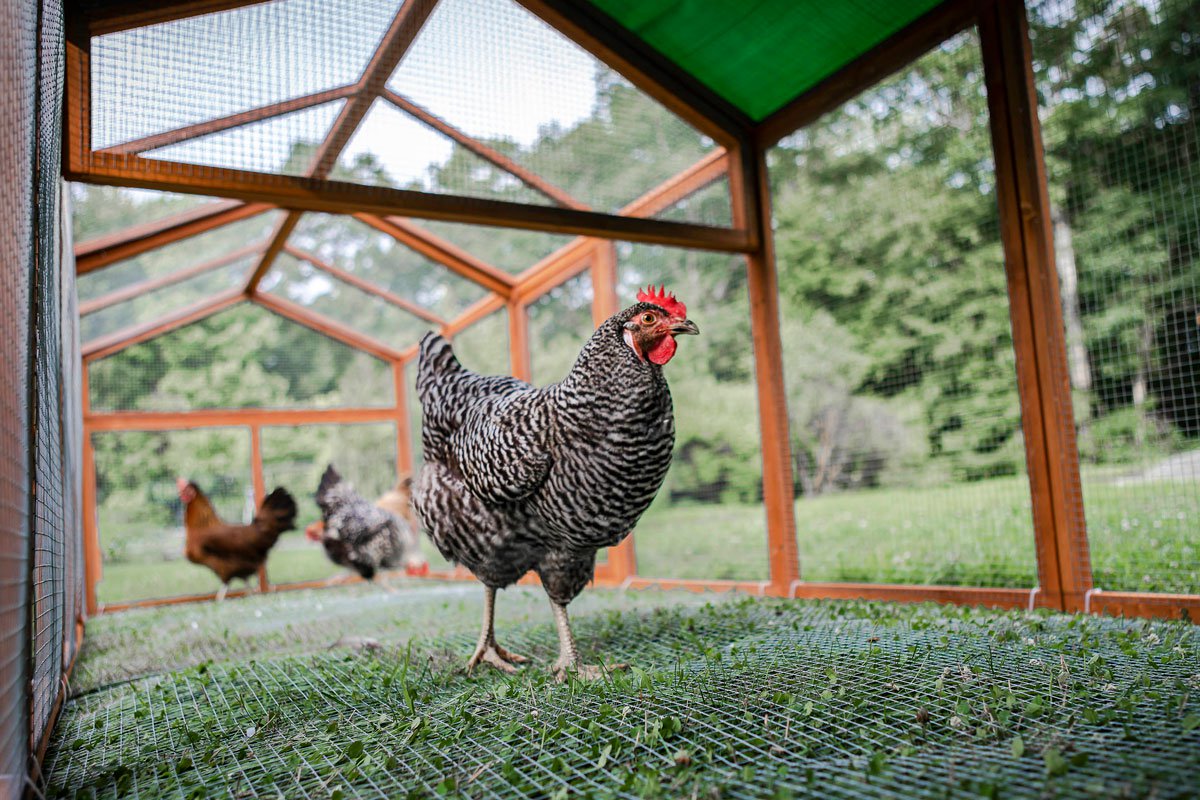
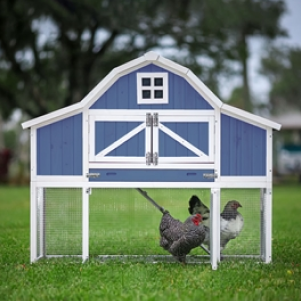
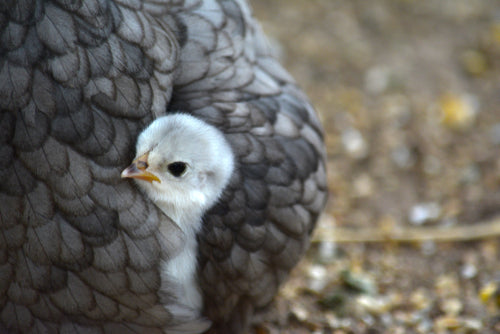
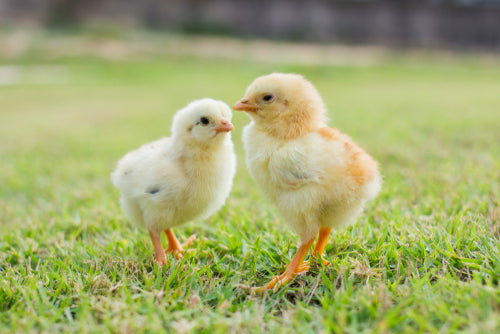
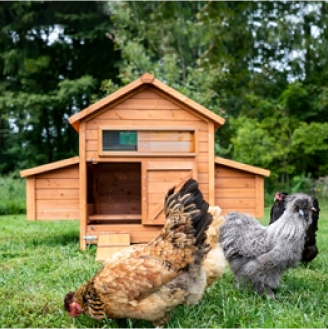

"The Clubhouse" Coop
Easy to assemble and built to last, the Clubhouse Coop is the perfect starter coop for a small flock.
